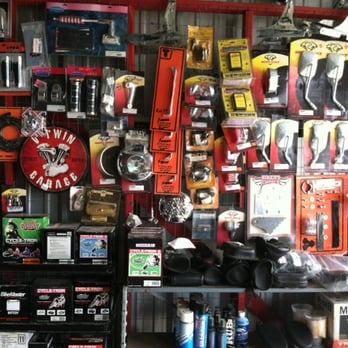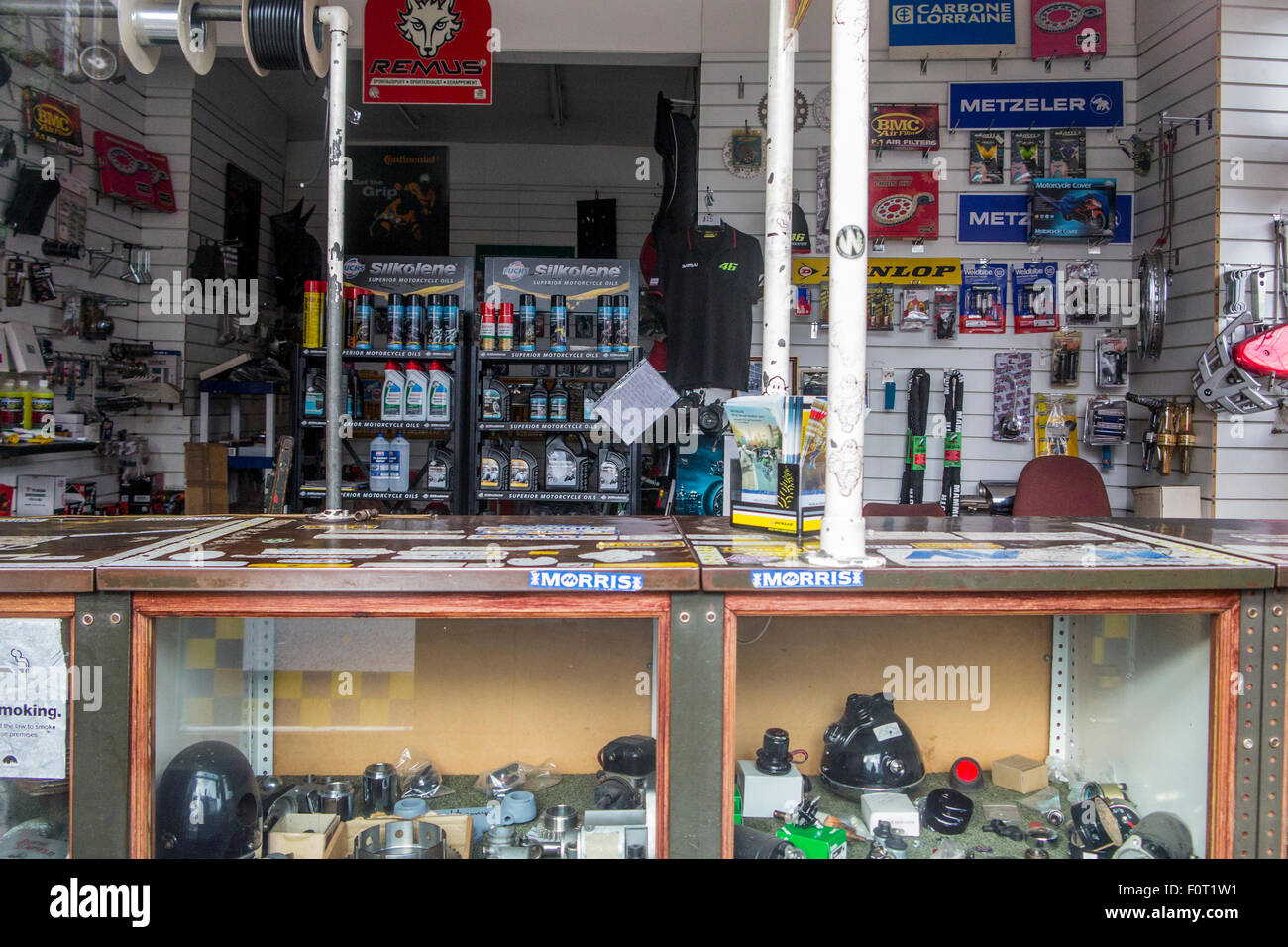Essential Motorcycle Parts NZ for Peak Performance and Safety And Security
Essential Motorcycle Parts NZ for Peak Performance and Safety And Security
Blog Article
Recognizing the Important Parts of a Motorbike: A Comprehensive Overview for Fanatics
For motorbike lovers seeking to boost their riding experience and guarantee their bikes run efficiently, understanding the important parts of a bike is extremely important. Each element, from the engine's complex workings to the important role of the braking systems, not only influences performance but also safety and comfort. This overview will certainly walk through the basic components that every motorcyclist need to know with, enabling notified selections in both maintenance and prospective upgrades. As we begin this expedition, one must ask: exactly how does each part connect to produce the seamless adventure every enthusiast seeks?
Engine Parts

The camshaft plays an important function in regulating the timing of the engine's valves, making certain the exact opening and closing needed for effective fuel and air consumption, as well as exhaust expulsion. This timing is critical to maintaining optimum engine performance and efficiency. In addition, the carburetor or gas injection system, depending upon the motorcycle design, is in charge of mixing air with gas in the right ratio for combustion.
The air conditioning system, either air or liquid-based, functions to preserve the engine's temperature level within functional restrictions, avoiding overheating and ensuring durability - motocross gear. Each element, thoroughly made and integrated, adds to the seamless procedure of the engine, defining the motorbike's power outcome and general efficiency
Transmission System
Important to the motorbike's capability, the transmission system ensures effective power transfer from the engine to the wheels. This system consists of several important components, consisting of the clutch, gearbox, and final drive, each playing a crucial role in translating the engine's power right into motion. The clutch, generally operated by a hand bar, serves to disengage the engine and involve from the transmission, enabling for smooth gear modifications and regulated velocity.
The gearbox, commonly referred to as the transmission appropriate, has a set of equipments that bikers can by hand shift with to change the bike's speed and torque outcome. These equipments are prepared in a series that allows the bike to speed up smoothly and maintain optimum engine performance throughout different speeds. Most motorbikes make use of a sequential gearbox, needing the biker to change gears in a fixed order.
Braking Mechanisms
While comprehending the transmission system is key to using a motorcycle's power, just as essential is the capacity to control and stop that power properly, which is where stopping devices come into play. Brakes are important for security and performance, supplying the motorcyclist with the essential control to browse numerous terrains and problems. Usually, motorcycles feature two sorts of stopping systems: disc brakes and drum brakes.
Disc brakes are much more prevalent in contemporary bikes as a result of their remarkable performance. They are composed of a brake disc, caliper, and pads. When turned on, the caliper presses the brake pads against the spinning disc, transforming kinetic energy right into warmth, thereby reducing the wheel. This system provides much better warm dissipation, consistent performance, and boosted stopping power, especially in damp problems.
Conversely, drum brakes, though less typical, are still discovered in some motorcycles. They function by pushing brake footwear against the internal surface of a drum attached to the wheel. While typically less reliable in warm dissipation and stopping power, drum brakes are simpler and a lot more cost-effective.
Recognizing these braking systems' subtleties allows cyclists to maintain their motorcycles appropriately and value the engineering that ensures risk-free and efficient stopping.
Suspension and Guiding
Suspension and steering systems are important parts that considerably influence a motorcycle's handling and motorcycle parts near me trip comfort. The shock absorber, being composed of forks at the front and shock absorbers at the rear, absorbs road check this site out irregularities, improving security and control. Front forks, usually telescopic or upside down, compress and rebound to reduce impacts, while back shock absorbers preserve tire call with the road, critical for traction and safety and security.
Guiding, focused around the handlebars, links the biker to the motorbike's directional control. The steering head bearings make certain smooth procedure, permitting exact maneuverability. Proper alignment and maintenance of these bearings are critical for foreseeable guiding reaction and lowering rider fatigue.
The suspension's adjustability is one more vital aspect; preload, damping, and rebound settings allow personalization to fit various riding styles and conditions. This adaptability is necessary for optimizing performance, whether navigating metropolitan roads or dealing with sturdy tracks. Developments like digital suspension systems offer real-time adjustments, improving adventure top quality across diverse surfaces.

Electric Equipments
After guaranteeing a regulated and smooth adventure through efficient suspension and steering systems, attention turns to the electrical systems, a pivotal facet of modern motorbikes. These systems play a critical role not only in beginning the engine but likewise in powering various components that boost the performance and security of the bike.
At the heart of a motorcycle's electrical system is the battery, which shops electrical power required for beginning the engine and powering auxiliary systems - motox parts nz. The generator or generator, combined with the rectifier-regulator, makes sure the battery remains charged while the bike functions, converting power right into electric power and maintaining voltage levels
The ignition system, an additional essential part, is accountable for stiring up the air-fuel mixture in the engine's cylinders. Modern motorcycles usually utilize an electronic ignition system, providing higher performance and integrity compared to conventional systems.
Illumination systems, including fronts lights, tail lights, and signs, are likewise crucial, guaranteeing presence and security for the rider. Added electronic elements such as sensors, control systems, and presents add to advanced attributes like fuel injection management, anti-lock braking systems (ABS), and digital dashboards, better improving the riding experience.
Final Thought
A thorough understanding of a motorbike's essential parts, including the engine, transmission system, stopping devices, suspension, guiding, and electrical systems, is important for fanatics intending to optimize performance, comfort, and safety and security. Proficiency of these components enables for informed choices relating to maintenance and upgrades, eventually enhancing the riding experience. By integrating this knowledge, riders can ensure their motorbikes run at peak efficiency and integrity, thereby maximizing both enjoyment and long life of their lorries.
For motorbike enthusiasts looking to raise their riding experience and guarantee their bikes run smoothly, understanding the important components of a motorcycle is critical.Important to the motorcycle's performance, the transmission view system ensures effective power transfer from the engine to the wheels.While recognizing the transmission system is essential to using a motorcycle's power, just as crucial is the ability to manage and quit that power properly, which is where stopping mechanisms come into play. Usually, motorbikes include two kinds of braking systems: disc brakes and drum brakes.
A detailed understanding of a bike's important components, including the engine, transmission system, braking systems, suspension, steering, and electrical systems, is crucial for enthusiasts aiming to enhance safety and security, efficiency, and convenience.
Report this page